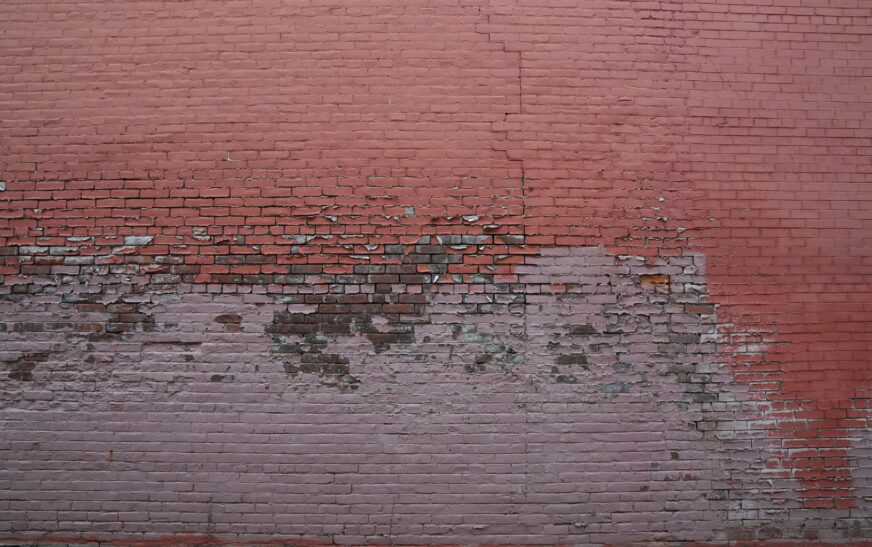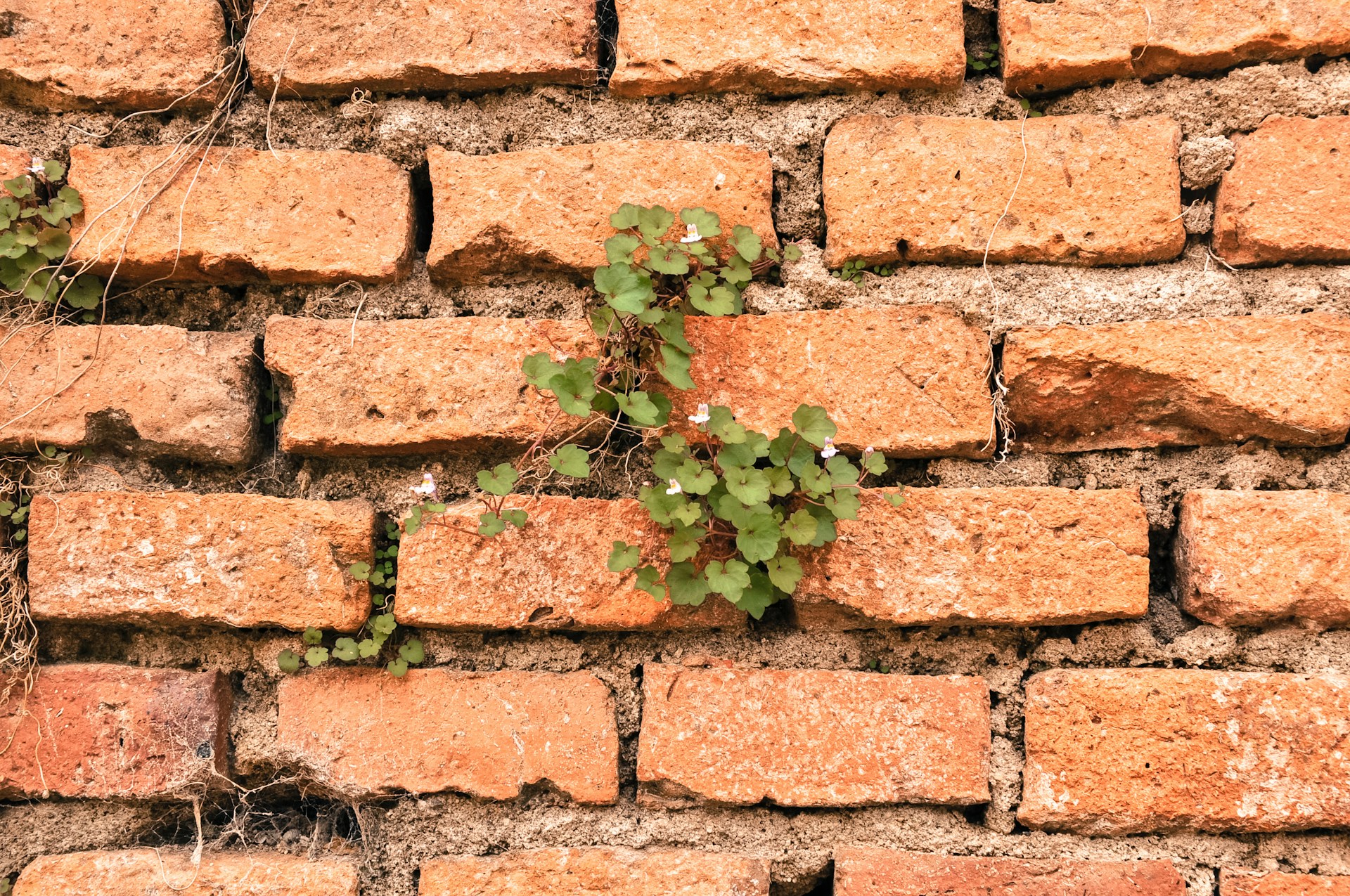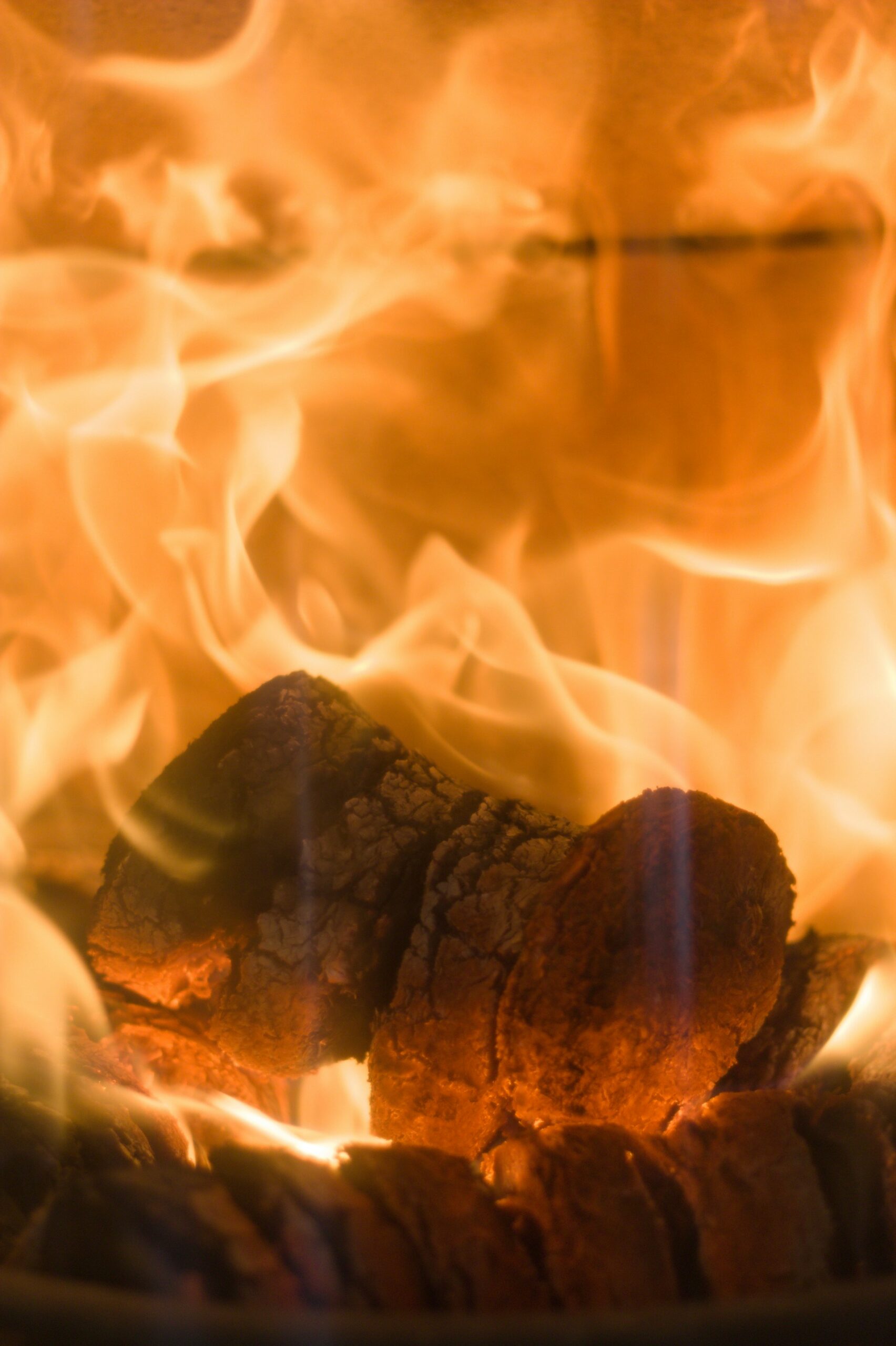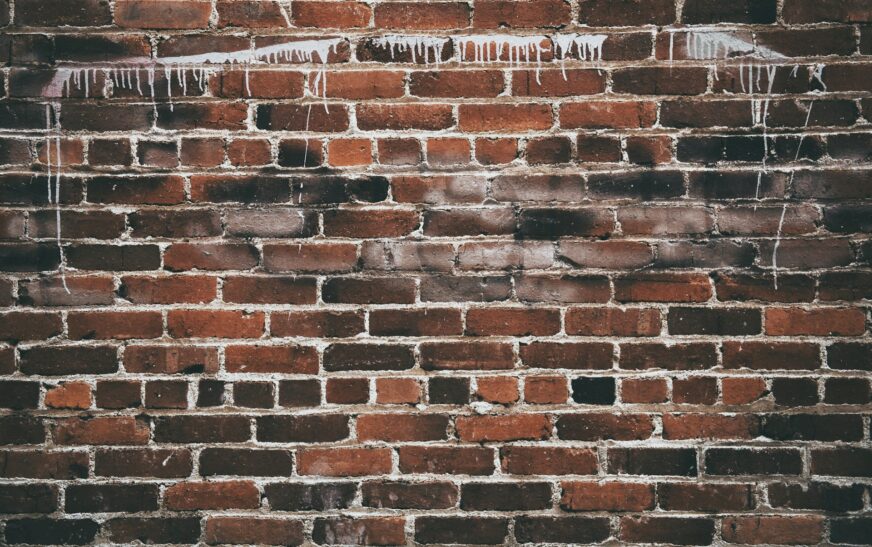A brick house has timeless appeal—strong, rooted, and full of character. But what happens when that character starts to feel dated? Weather-worn? Or simply not in line with your vision for your home?
It’s a common question among homeowners looking to refresh their exterior:
Can you paint a brick house?
The short answer is yes.
But the better question might be: Should you?
Painting brick is a permanent decision that goes far beyond picking a color and rolling on a few coats. It’s a transformation that affects everything from curb appeal to maintenance. And once done, it’s not easily undone.
Let’s explore the possibilities—and the pitfalls—so you can make a confident, informed choice.
Yes, You Can Paint Brick—But It’s Not Like Painting Siding
Painting brick isn’t just about cosmetics. It’s a full-on commitment.
Brick is porous, meaning it breathes. When you apply the wrong kind of paint—or seal it without allowing for vapor exchange—you risk trapping moisture inside the wall. Over time, that can lead to peeling, blistering, and even structural damage beneath the surface.
To do it right, you need:
- The right type of paint (specifically breathable, masonry paint)
- Thorough surface cleaning and preparation
- A clear understanding of how weather, humidity, and age of your brick affect paint adhesion
Done correctly, painted brick can be both durable and beautiful. Done carelessly? It can turn into a maintenance nightmare.
Pros of Painting a Brick House
1. Aesthetic Transformation
Paint can modernize outdated brick or neutralize red/orange tones that clash with newer design elements. It’s a powerful visual refresh.
2. Uniform Appearance
Paint hides mismatched repairs, stains, or patchwork. If your brick has aged unevenly or gone through additions over the years, a uniform coat can restore visual balance.
3. Added Protection
High-quality, breathable paints designed for masonry can protect the brick from harsh weather, UV damage, and mildew growth.
4. Boosted Curb Appeal
For homeowners in competitive real estate markets, a freshly painted exterior can make a dramatic difference in perception—and potentially in value.
Cons (And Considerations) Before Painting
1. It’s Permanent
Once brick is painted, going back is nearly impossible. Removing paint from brick is labor-intensive and rarely fully restores the original look.
2. Higher Maintenance
Unpainted brick is famously low-maintenance. Once painted, it needs cleaning, touch-ups, and repainting every 5–10 years depending on climate.
3. Risk of Trapping Moisture
Improper paint (especially non-breathable types) can cause brick to trap water, leading to interior wall damage, spalling (flaking), and mold growth.
4. Not Ideal for All Brick Types
Soft, historic, or previously sealed brick may not accept paint well. It’s important to test absorbency and consult professionals if your brick is older or visibly worn.
Preparation Is Everything
Before you paint, inspect your brick closely. Look for:
- Efflorescence (white, powdery residue)
- Cracks in mortar joints
- Moisture stains or mildew
- Old coatings or sealers
Each of these must be addressed before painting. Skipping surface prep is like painting over a leak—it’ll only hide problems temporarily, and they’ll return with a vengeance.
Cleaning should be thorough, using a gentle pressure washer or masonry cleaner. Avoid acidic cleaners or harsh detergents that can interfere with paint adhesion.
Read More : How to Remove Paint from Brick: A Detailed Guide to Restoring Brick Surfaces
What Kind of Paint Should You Use on Brick?
The answer is simple: breathable masonry paint—formulated specifically for porous surfaces. This allows moisture to escape from within the brick while still protecting the exterior.
Avoid:
- Latex wall paints
- Oil-based paints
- Non-permeable waterproofing products
Also consider limewash or whitewash techniques if you want a more natural finish that still allows the brick’s texture to show through.
Design Tip: Color Matters More Than You Think
Once you paint, that color becomes part of the house’s identity. Choose carefully.
- White or off-white: Clean and classic, but shows dirt quickly.
- Charcoal or black: Bold and modern, but may fade faster in full sun.
- Earth tones (taupe, sage, greige): Natural, warm, and timeless.
- Deep navy or olive: Trend-forward without being loud.
Test samples in various lighting and on different walls. Morning light can make white paint glow warmly, while afternoon sun may expose undertones you didn’t anticipate.
Final Thoughts: To Paint or Not to Paint?
So, can you paint a brick house?
Yes. Absolutely. But the real decision lies in your intent and willingness to maintain what you’ve started.
If you’re after a design-forward refresh and you’re ready to commit to the upkeep, painted brick can look incredible. But if you’re unsure—or if your brick is already beautiful in its natural form—consider less permanent options like staining or limewashing.
Whatever you choose, the goal is the same: to respect the brick’s character while making it feel uniquely yours.










